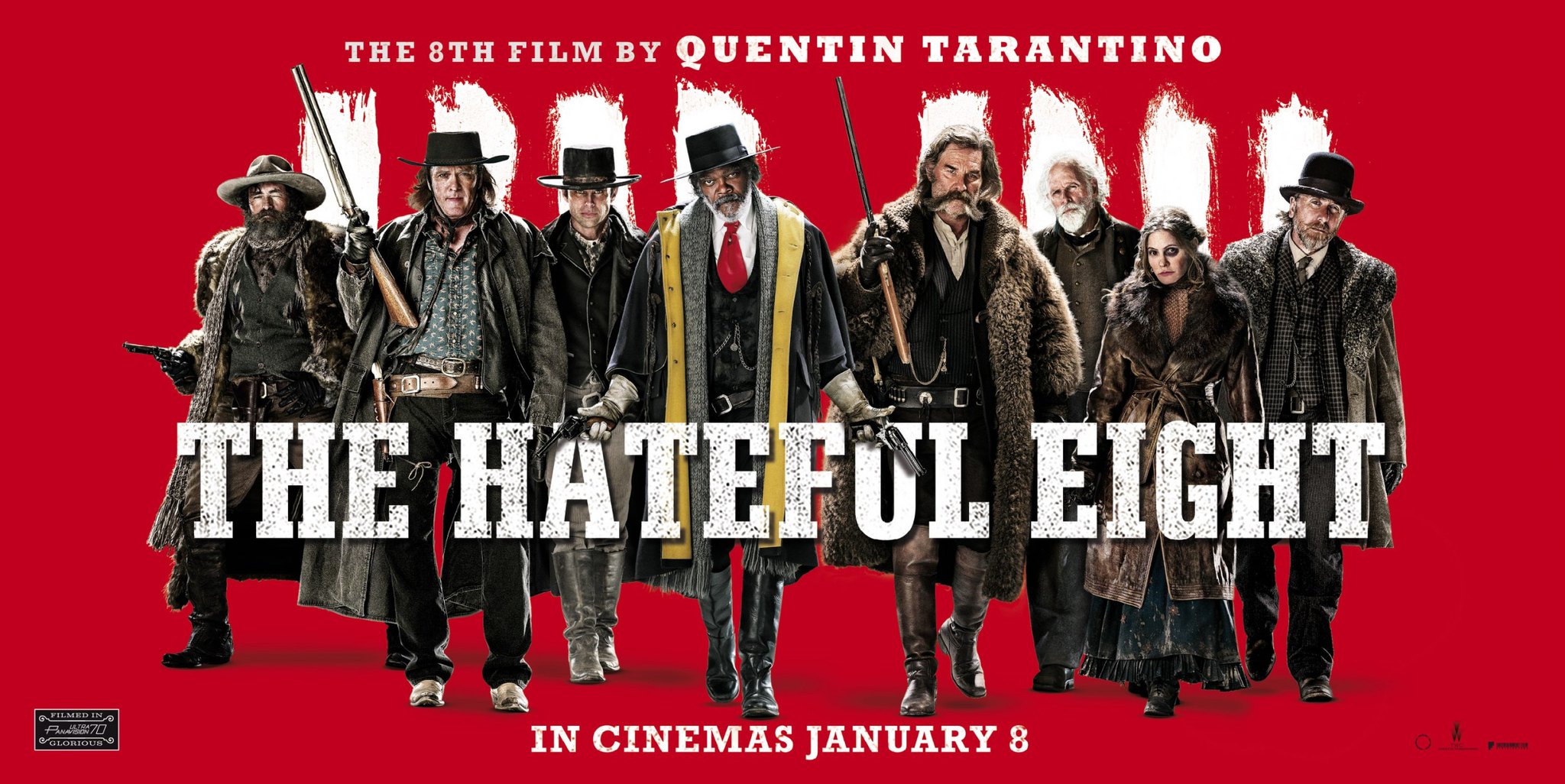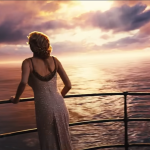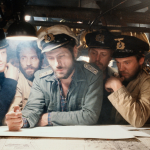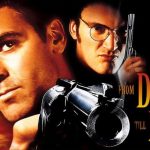The Hateful Eight (2015)

Quentin Tarantino’s The Hateful Eight (2015) is a masterful addition to the Western genre, distinguished not only by its complex narrative and rich dialogue but also by the controversy surrounding its script’s early leak. The film showcases Tarantino’s signature style and explores themes that challenge traditional Western conventions. This essay delves into the film’s plot, thematic elements, character development, stylistic approach, and its impact on the genre.
Set in the post-Civil War American West, The Hateful Eight unfolds over the course of a single snowstorm-ridden night. The story begins with a bounty hunter, John Ruth (Kurt Russell), transporting his prisoner, Daisy Domergue (Jennifer Jason Leigh), to the town of Red Rock for her execution. Along the way, Ruth and Domergue take refuge in a remote haberdashery, where they encounter a diverse group of characters. As the storm intensifies, tensions mount, and the group begins to unravel, revealing dark secrets and hidden agendas. The plot is a suspenseful whodunit, blending elements of classic Westerns with a confined setting akin to a stage play.
Tarantino’s film explores themes of betrayal, racial prejudice, and moral ambiguity. The claustrophobic setting of the haberdashery heightens the sense of paranoia and mistrust among the characters. This confined space serves as a microcosm of societal tensions, with the characters’ interactions revealing deeper issues of race and justice. The film’s dialogue is laced with Tarantino’s trademark wit, often addressing uncomfortable truths about American history and human nature. The exploration of revenge and justice is central to the narrative, with each character driven by personal vendettas and conflicting moral codes.
The characters in The Hateful Eight are meticulously crafted, each embodying distinct archetypes with hidden depths. John Ruth is the archetypal lawman with a personal code, while Daisy Domergue is the cunning outlaw determined to avoid her fate. The film’s ensemble cast includes Samuel L. Jackson as Major Marquis Warren, a former Union soldier with a grudge against both the Confederacy and Ruth. Warren’s complex backstory and sharp dialogue add layers to his character, highlighting themes of racial and social tension. The interplay between these characters reveals Tarantino’s skill in crafting multi-dimensional figures who challenge audience expectations.

Tarantino’s stylistic approach in The Hateful Eight is characterized by a blend of traditional Western aesthetics and modern cinematic techniques. The film was shot using Ultra Panavision 70mm, a rare format that enhances its visual grandeur and immersive quality. The use of this format reflects Tarantino’s reverence for classic Westerns, while also serving as a tool for creating a sense of isolation and grandeur. The film’s dialogue-driven scenes are punctuated by intense moments of violence, maintaining Tarantino’s signature blend of suspense and shock. Ennio Morricone’s score further complements the film’s atmosphere, drawing on the traditions of Western film music while adding a distinctive edge.

The Hateful Eight represents a modern reimagining of the Western genre, blending traditional elements with Tarantino’s unique vision. The film’s setting and character archetypes pay homage to classic Westerns, while its narrative complexity and thematic depth push the genre into new territory. The film’s reception highlights a growing trend of Westerns that explore darker, more nuanced themes, challenging the genre’s conventional boundaries. Tarantino’s contribution adds to the ongoing evolution of the Western genre, demonstrating its capacity for reinvention and continued relevance.

In The Hateful Eight, Quentin Tarantino delivers a compelling and provocative film that stands as a testament to his mastery of storytelling and cinematic style. The film’s intricate plot, rich thematic exploration, and dynamic characters offer a fresh take on the Western genre. Through its innovative use of technology and adherence to classic elements, The Hateful Eight not only pays tribute to the genre’s roots but also charts a new course for its future. As such, it remains a significant work in Tarantino’s filmography and a noteworthy entry in the evolution of Western cinema.











